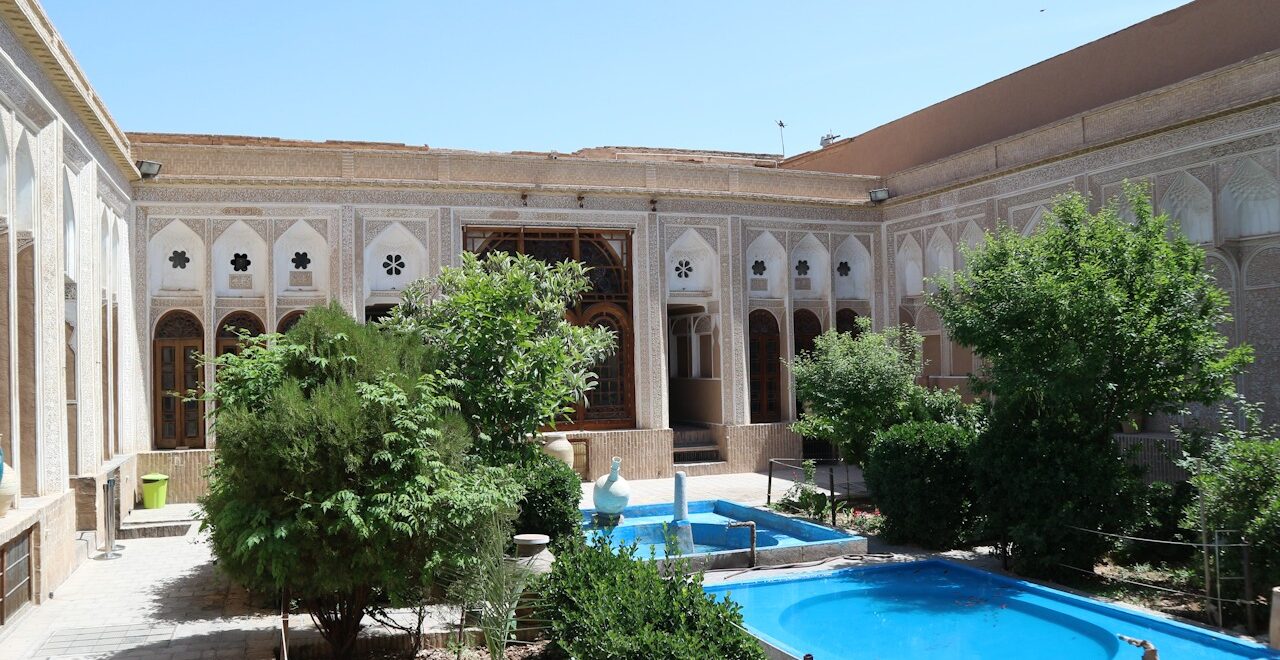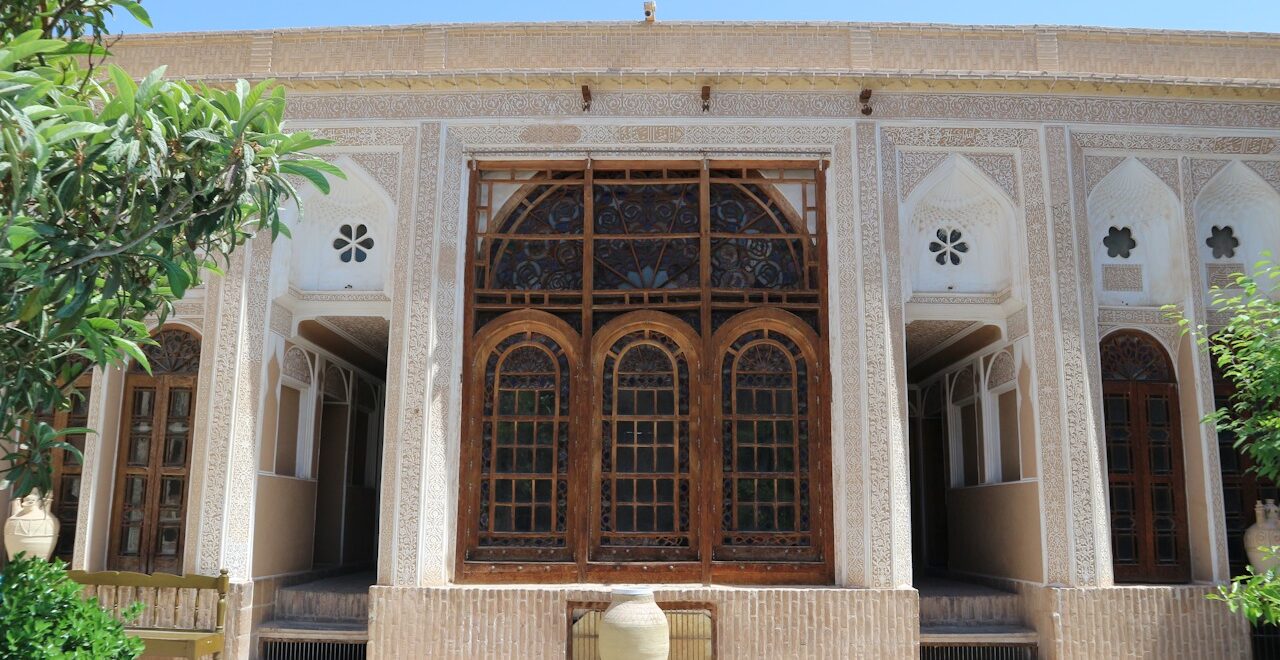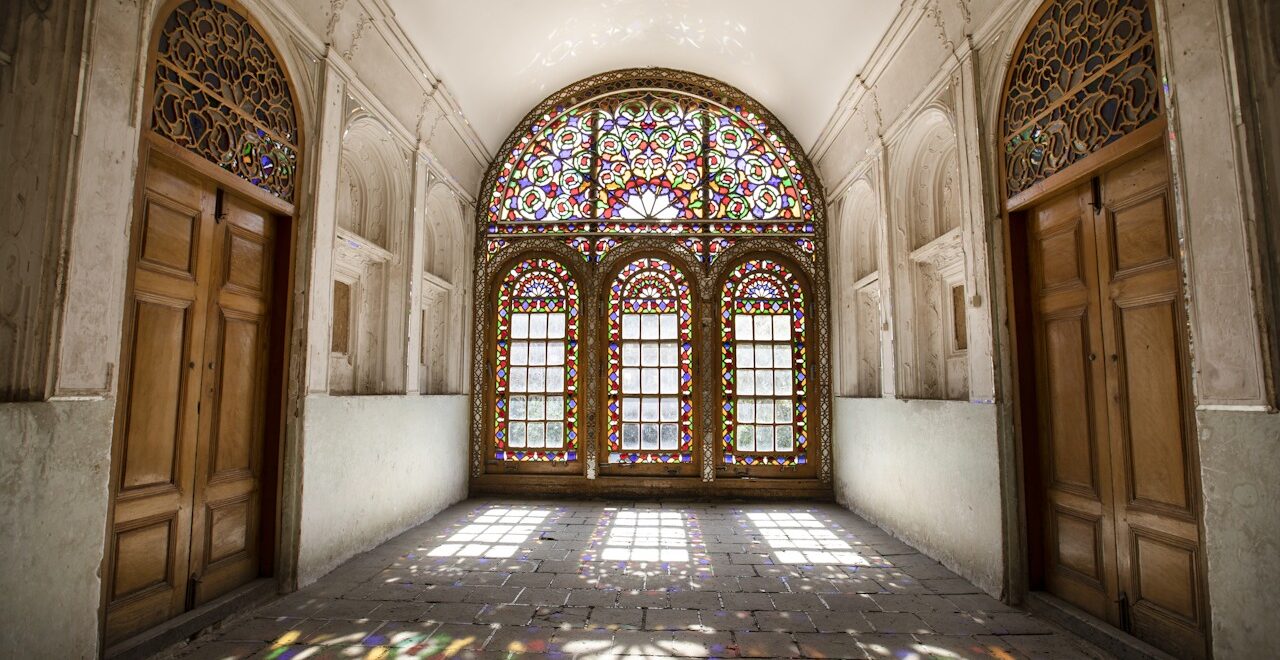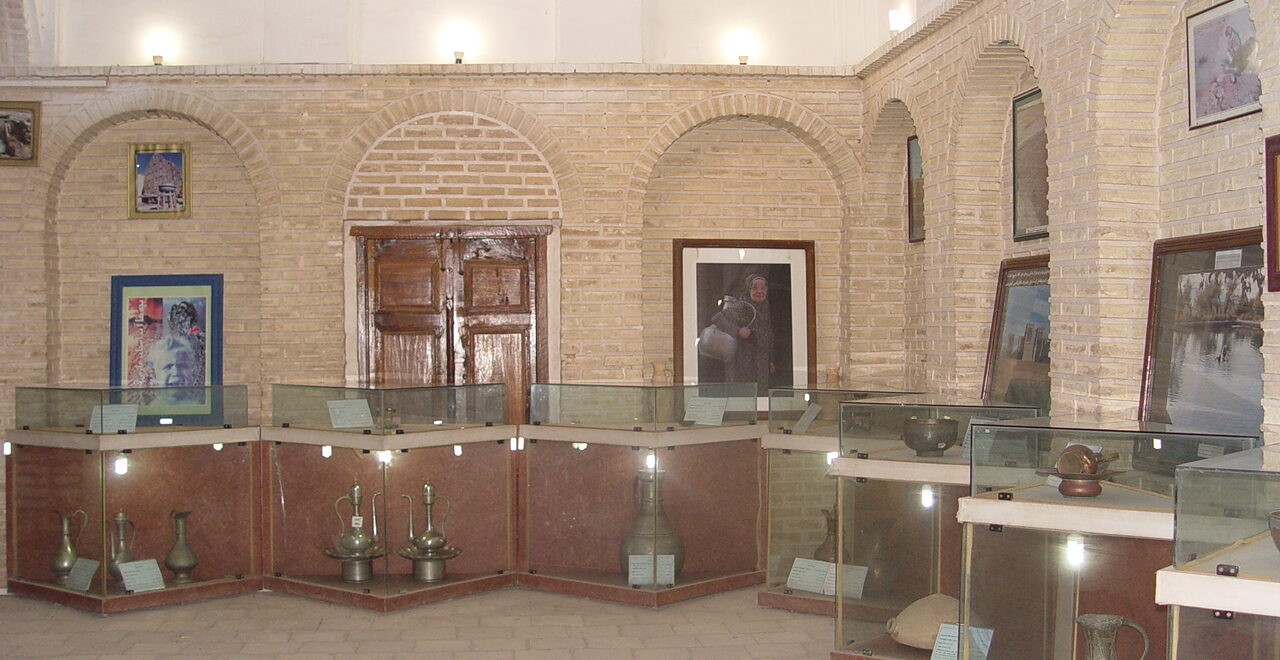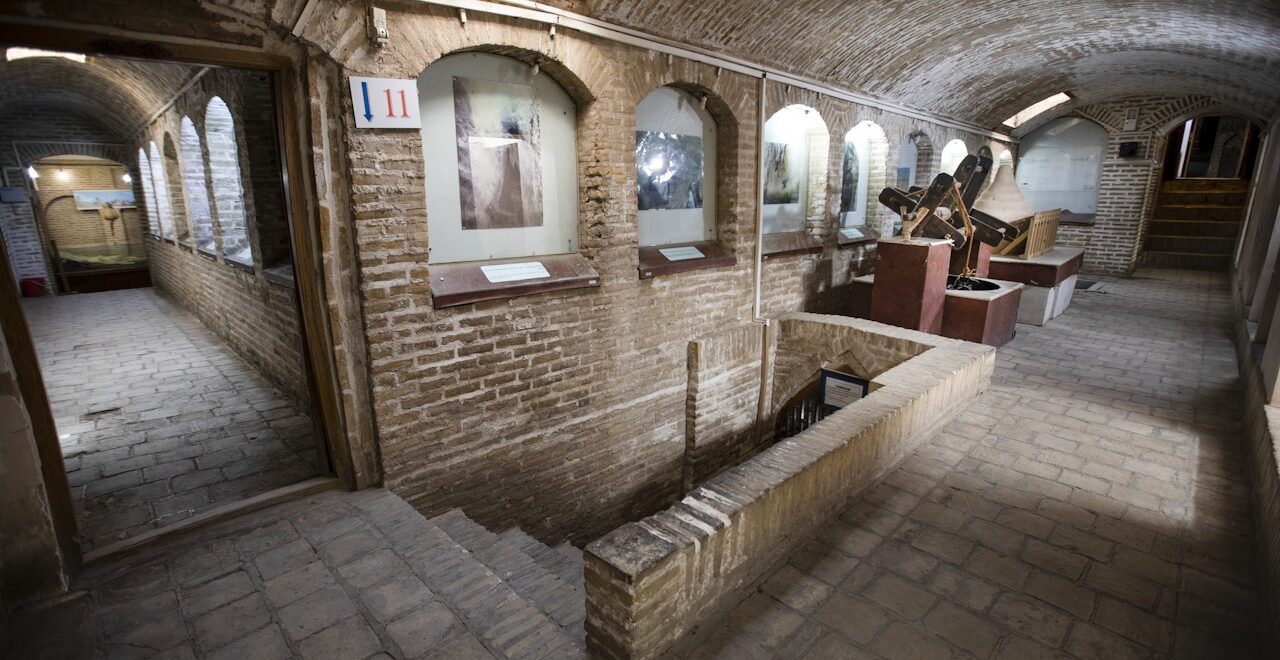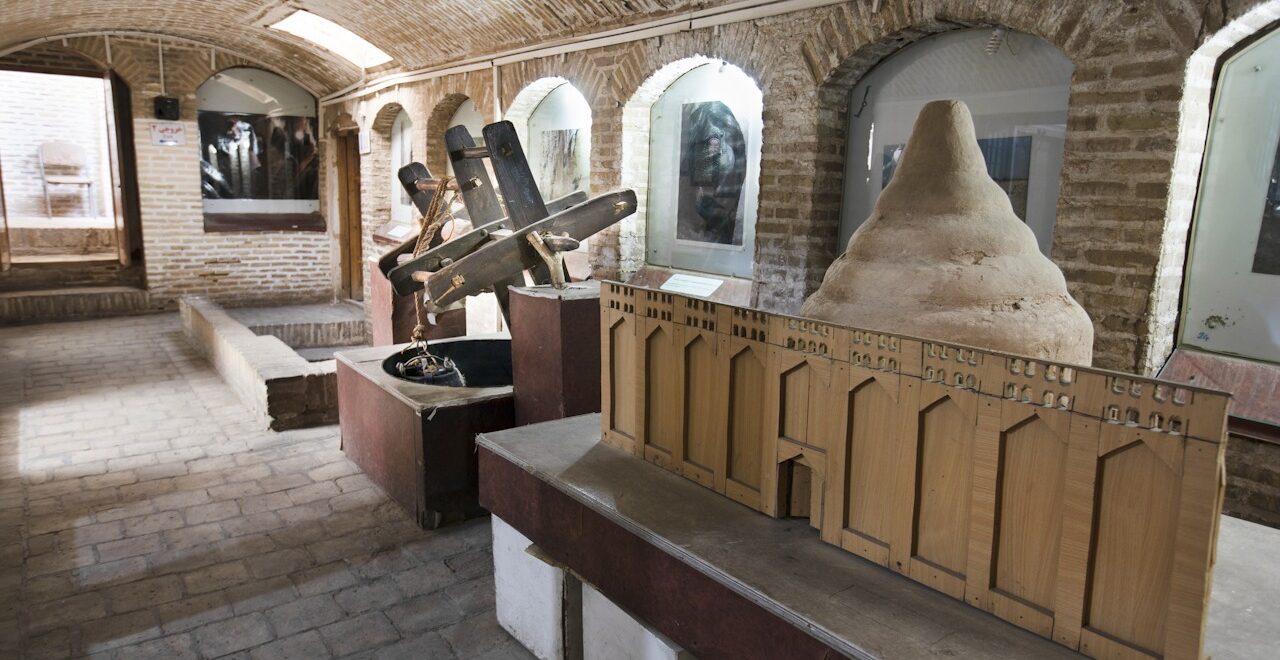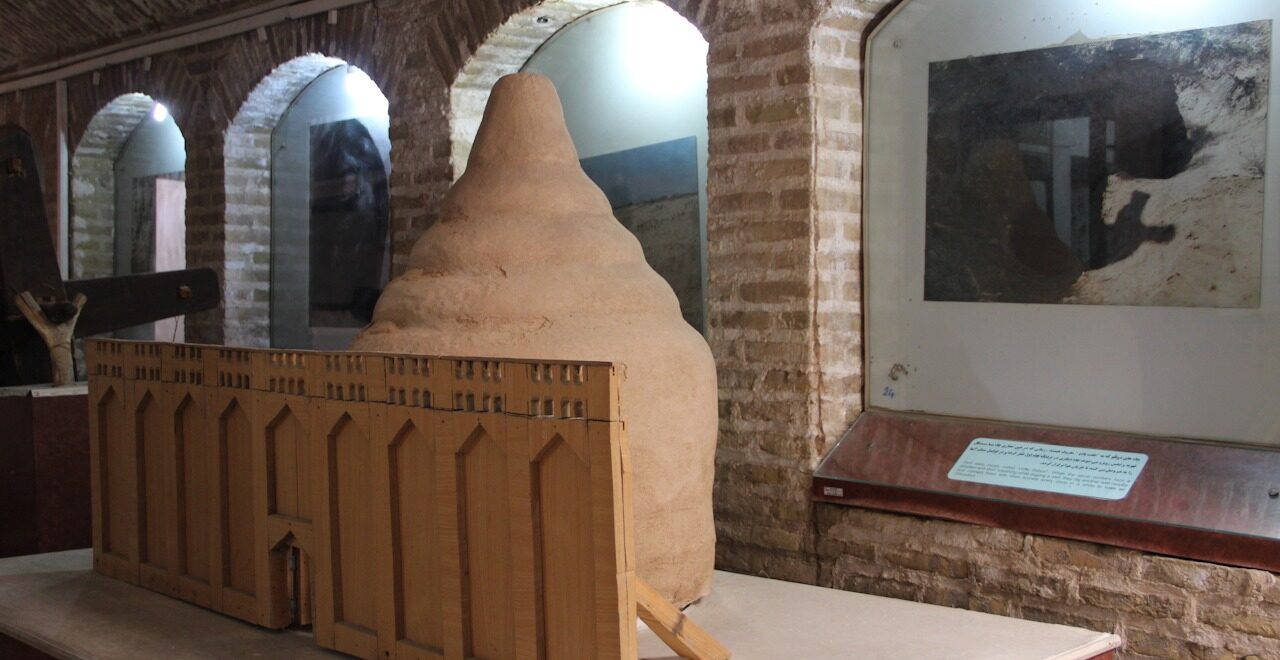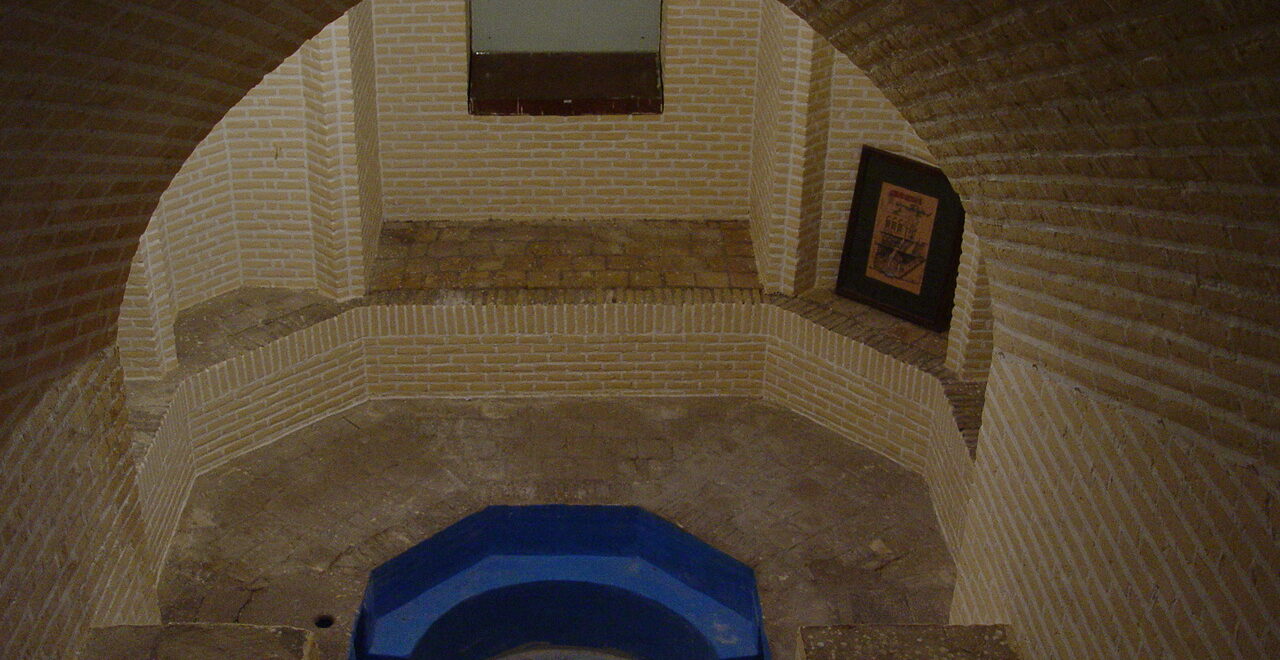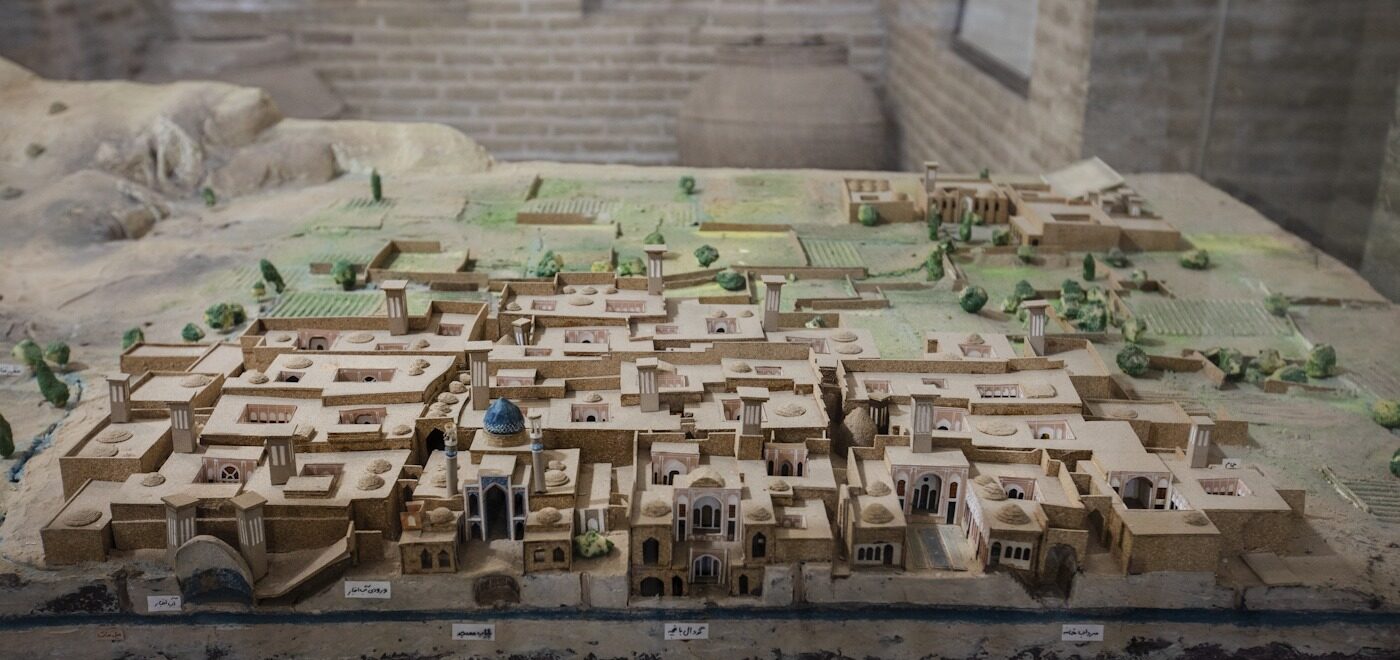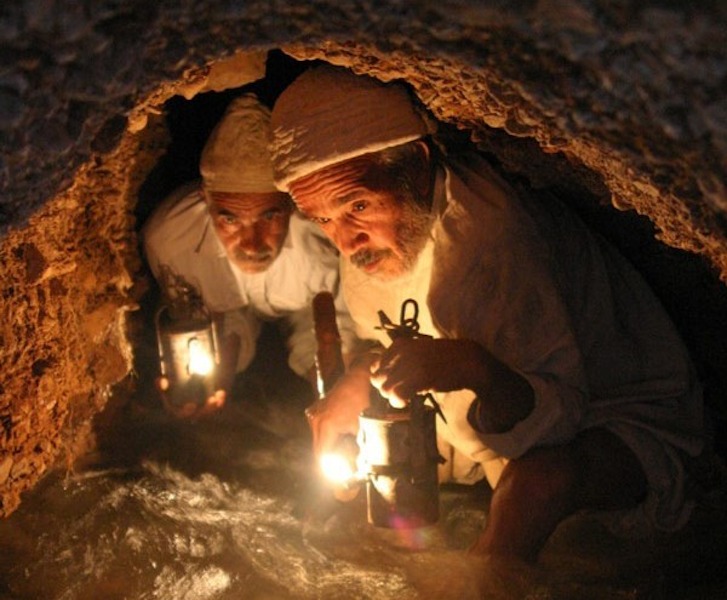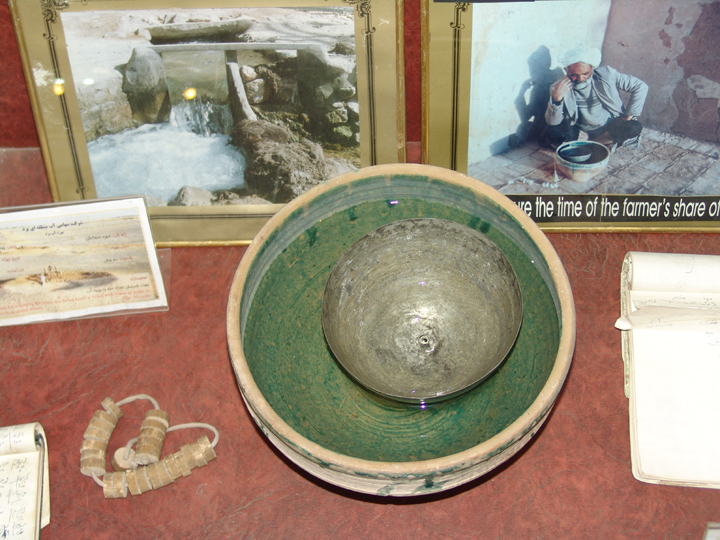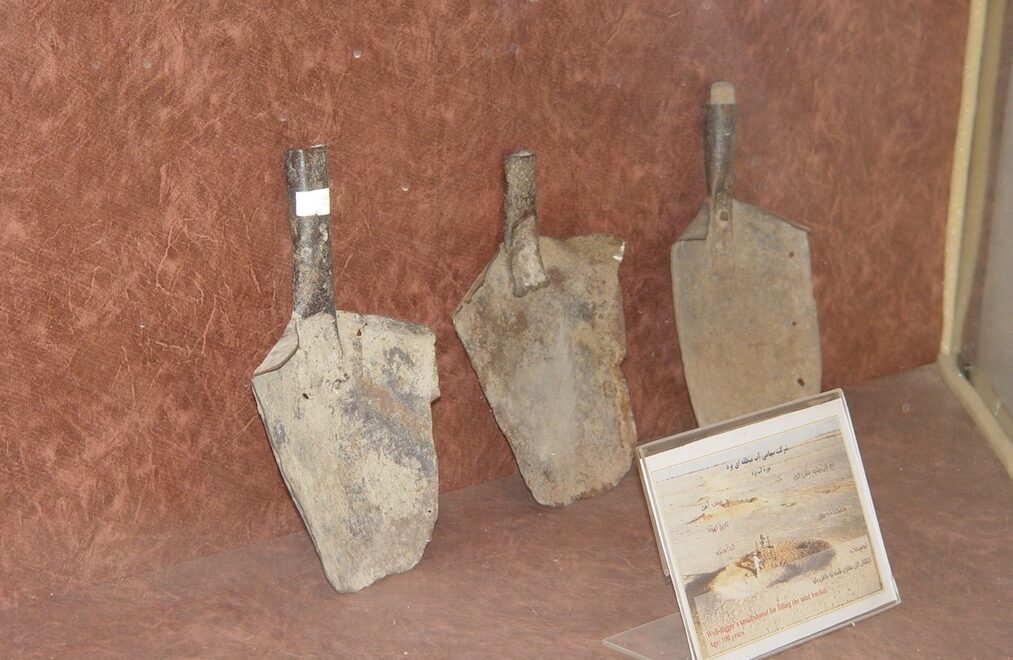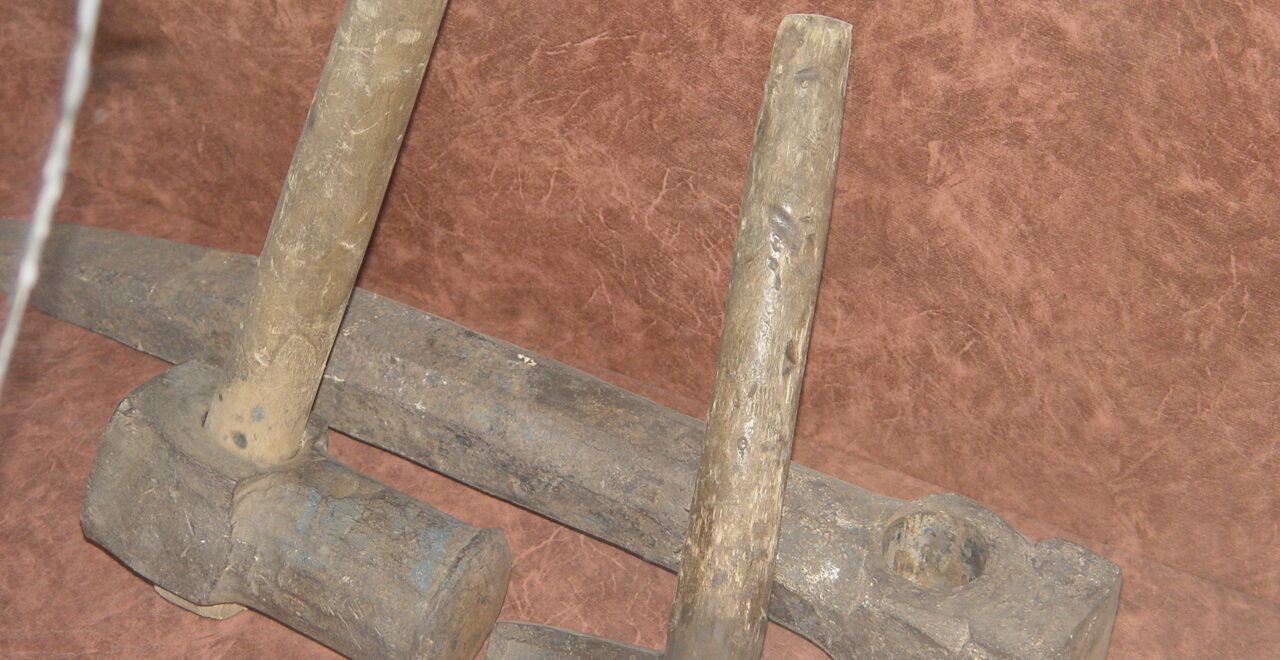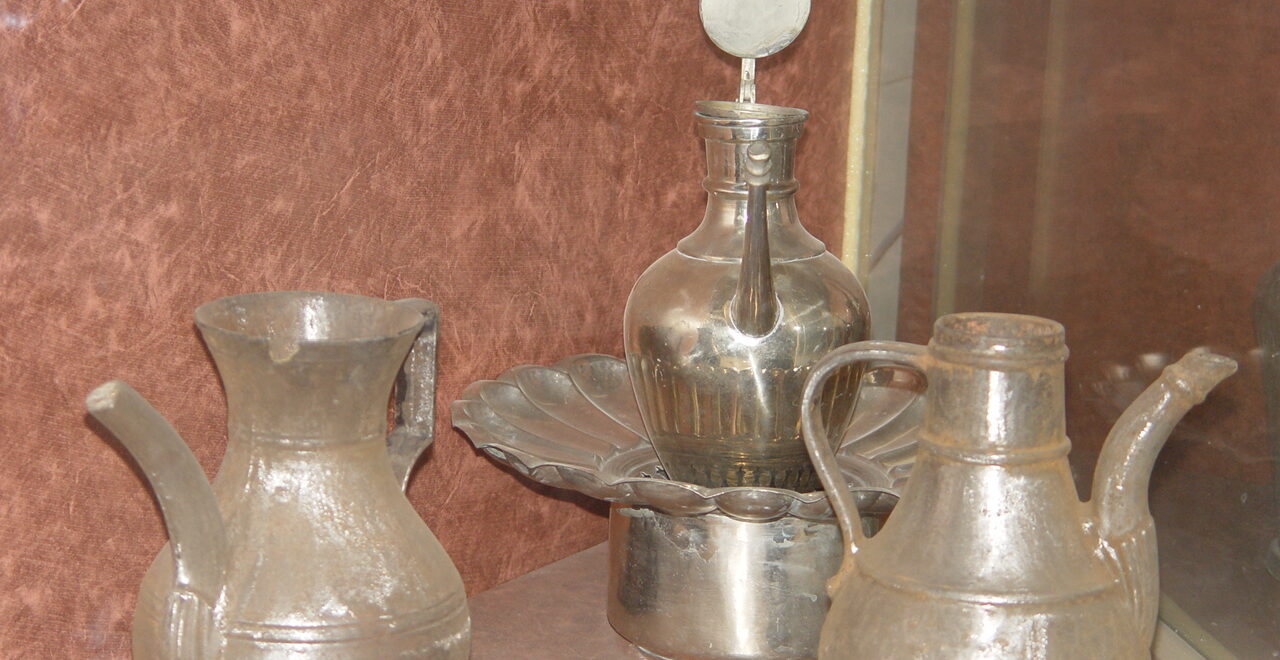Yazd Water Museum was opened in 2000 by Yazd Regional Water Authority. However, as a mansion, its construction and beautification work was completed in 1887 and it is today 145 years old.
The building: The museum is a mansion with an area of 720 Square meters, constructed by late Mr. Kolahdooz who was a merchant some 150 years ago. The Regional Water Organization of Yazd purchased the house to establish the museum. This ancient building comprises the following five divisions:
- Two qanats named Rahimabad and Zarch which were once running under this construction and just the second one is now active;
- Payab (a passage cut in the ground to have access to Qanat water) which is at the depth of 10 meters in the ground;
- Basements;
- Rooms and courtyard;
- Roof.
Goals and missions:
- Explaining the achievements of the past in the field of water supply and distribution
- Teaching children and teenagers about the culture of water consumption using multimedia tools
- The narrative of water circulation in ancient Iran using multimedia tools
- Creating a water tour in order to truly visualize how water circulates and is used in ancient Iran
- Investigating the cultural and social commonalities between different communities that have formed in relation to water and trying to build culture in order to create friendship between communities
What is exhibited in the water museum:
- Various tools for digging canals
- Tools and equipment for measuring water volume
- Lighting devices in the qanat
- Water purchase and sale documents
- Old dedication letters
- Mirab booklet and water distribution documents
- Containers for storing and transporting water and many other valuable items
The roof of the building enjoys a well with a Persian wheel. A reservoir and a small pool to supply the consuming water for the household as well as its conveyance to the fountains in the courtyard and filling the pool.
An Introduction to The Collection:
- Various kinds of axes. Illumination in Qanats, Persian wheels, buckets, clothing and especial cotton caps for the practitioners of Qanats;
- Water faucets, utensils for carrying and preservation of water besides rubber bags the water carriers used;
- Instruments for gauging Qanat water, water distribution devices and the first water clock of the world;
- Qanat gallery levelling equipment;
- Markets displaying the Qanat conveyance process as well as historical and water based places like mosques, reservoirs, ice houses, public bathhouse, water mills, farms and orchards;
- Documents concerning endowment of Qanat water right benevolently.


